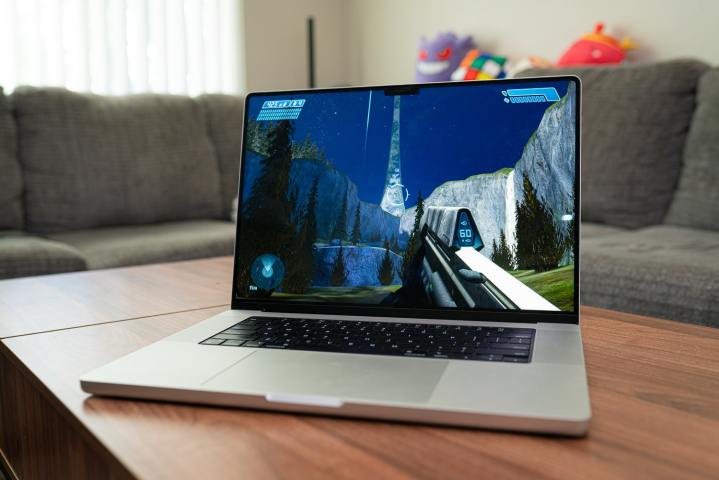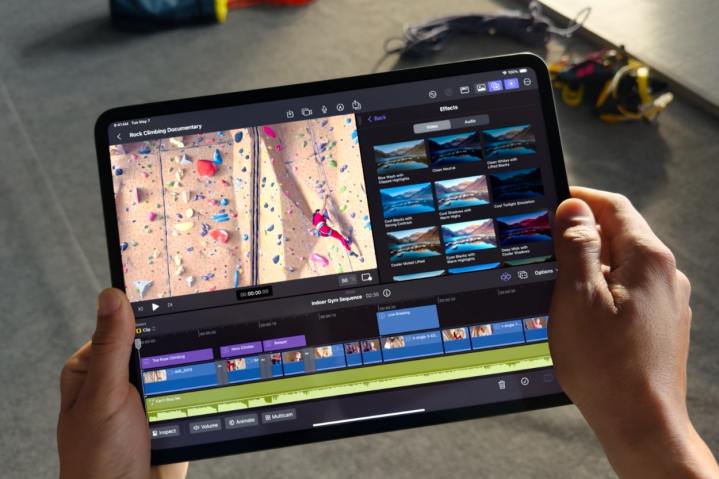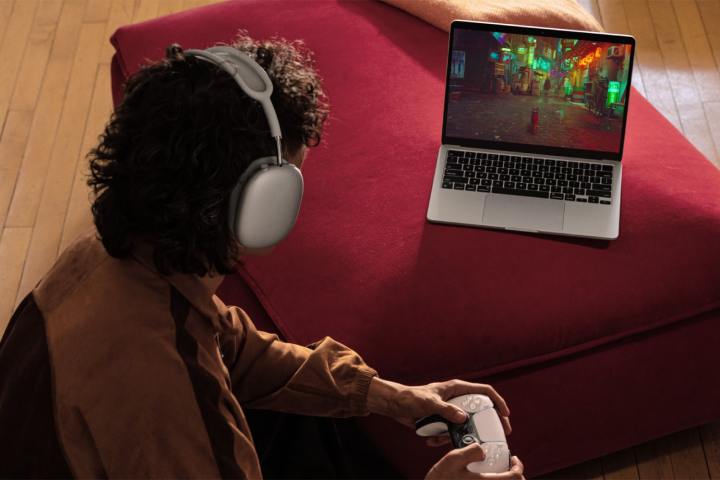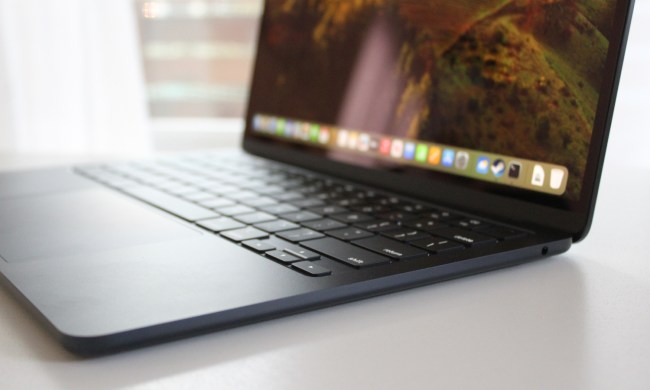
It’s no secret that I’ve been cheering on Apple’s gaming advances over the last year or so. Long-suffering Mac gamers have gone from being the forgotten also-rans of Apple’s ecosystem to feeling on top of the world, all in a very short period of time. But there’s one vital piece missing from the puzzle, and Apple’s new M4 iPad Pros have made it incredibly obvious.
I’ll admit, Mac gamers have been treated well in recent times. Not only have we had phenomenal hardware advancements in the form of the M3 Max chip — which is a genuine gaming chip so cool and quiet that you’d be fooled into thinking it’s not — but there’s also been a slate of top-tier games arriving on Apple’s platform, including my beloved Baldur’s Gate 3. It’s a good time to be a Mac gamer.
Yet, while watching Apple unveil its M4 iPad Pro today, I couldn’t help feeling a pang of envy. As I watched Apple’s John Ternus wax lyrical about the brand-new Ultra Retina XDR that will grace Apple’s new tablets, I was struck that this would make the perfect MacBook addition.
OLED perfection

In case you missed it, the Ultra Retina XDR is the first OLED display to land on an iPad, replacing the mini-LED displays that Apple previously used. That alone would make it absolutely brilliant for MacBook gaming — as Digital Trends’ own Jacob Roach has explained, mini-LED is just no competition for OLED when it comes to gaming.
The clarity of motion that comes from individually lit pixels can’t be beat — not to mention the depth of color and detail provided by the significantly increased contrast. But there’s much more to the story when it comes to this latest update.
For one thing, Apple said the Ultra Retina XDR can hit 1,000 nits of brightness for SDR content. Right now, even the best MacBooks only reach 600 nits when viewing SDR content. Hitting nearly double that number could make a huge difference for gaming. Even the best OLED gaming monitors often don’t get above 400 nits in SDR content.
Apple has also managed to squeeze not one, but two OLED panels into its new iPad Pro, yet has still somehow made the device thinner than its predecessor. Now imagine that coming to the MacBook: you’d get a super-slimline device with massive performance and excellent efficiency that also has a fantastic 120Hz OLED display. That’s absolutely drool-worthy. Throw in the extra performance provided by the M4, and you have a recipe for great gaming.
Heck, Apple has even made the iPad Pro more laptop-like in this design by centering the camera for less-awkward video calls and adding the function row of keys to the new Magic Keyboard. The line between iPad and MacBook is becoming even more blurry, which begs the question: Why not just change courses and buy this new iPad Pro then?
Well, it’s no Mac — that’s why. Apple has been strengthening its gaming platform on the Mac like never before over the past year, bringing over more titles that actually need the power of Apple’s stronger GPU offerings, such as the M3 Pro or M3 Max. As good as the App Store’s selection of mobile games and apps is, there’s an entirely different breed of games out there that are only ever going to be playable on a larger, more powerful MacBook Pro. So, no, I won’t be selling my Mac to get this iPad Pro anytime soon.
A long wait ahead

Yet I’m brought right back down to Earth when I think about when the Mac might actually get this kind of tech. Right now, the rumors are a bit all over the place, with predictions ranging from 2025 to 2027. Regardless, the conclusion is obvious: We’ve got a wait on our hands.
That’s made even more bitter when I think about the last time the iPad got a major update in the form of the Liquid Retina XDR display (that is, the mini-LED panel that Apple has just replaced with OLED). That was unveiled in the iPad Pro in spring 2021, but we only had to wait about six months until it arrived in the MacBook Pro.
This time, the wait might be much more substantial — potentially more than three years, if some of the rumors are correct. That could feel like an eternity.

Perhaps I’m being ungrateful. After all, the 120Hz mini-LED panel inside the current MacBook Pro is already one of the best displays in a laptop — yes, even compared to OLED competitors. Apple has done such a great job with mini-LED that it can go toe-to-toe with an OLED screen and still come up smiling.
Yet knowing what I know now about what the iPad Pro is getting, it feels painful to be waiting so long for this tech to transition over to Apple’s laptops. It’s the last piece in the puzzle that would allow Apple to create the perfect gaming MacBook.
We’ve already got amazing performance, a device that stays quiet under load, and a ton of superb AAA games to enjoy. Adding OLED into the mix would put the MacBook Pro in a class of its own and potentially make it one of the best gaming laptops when you consider the complete package.
Mac gamers have a lot to enjoy with the current crop of Apple laptops, but we now know exactly what we’re missing out on when it comes to OLED goodness. Here’s hoping we don’t have to wait too long before Ultra Retina XDR debuts in the MacBook Pro.



